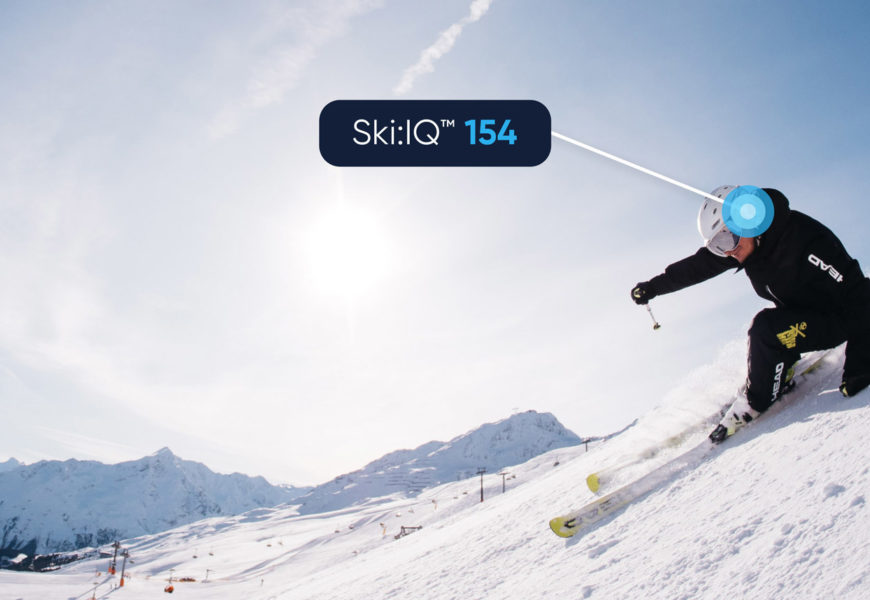How we designed Carv to fit in your boots

Votes:
Skiing from the sole
What can our feet tell us about our skiing? Almost everything, as it turns out. Your feet are the support point through which every body movement is transferred to your skis and onto the snow.
For this reason, ski boots are the most critical part of your ski gear. A good tight fit is essential to give you an optimal feel for great skiing performance and comfort on the slopes.
So when we set out to design a pressure-sensing boot insert, the core challenge facing us was balancing being able to take accurate measurements without negatively impacting an already tight boot fit.
When we began developing Carv in 2015, we knew that tracking pressure differences across and between your feet could provide a remarkably complete picture of your overall skiing performance - whether you’re an intermediate skier or an Olympic Champion like Ted Ligety. The problem was, no one in the world had created a low-cost boot insert with enough sensors or data quality to track your skiing accurately. Very soon, we understood why.
In the early days of development, the Carv device consisted of a large box of wires and sensors taped to your leg. But after years of development and iteration, now the Carv sensor is a sleek 3mm thin insert that fits almost imperceptibly under the liner of your ski boot.
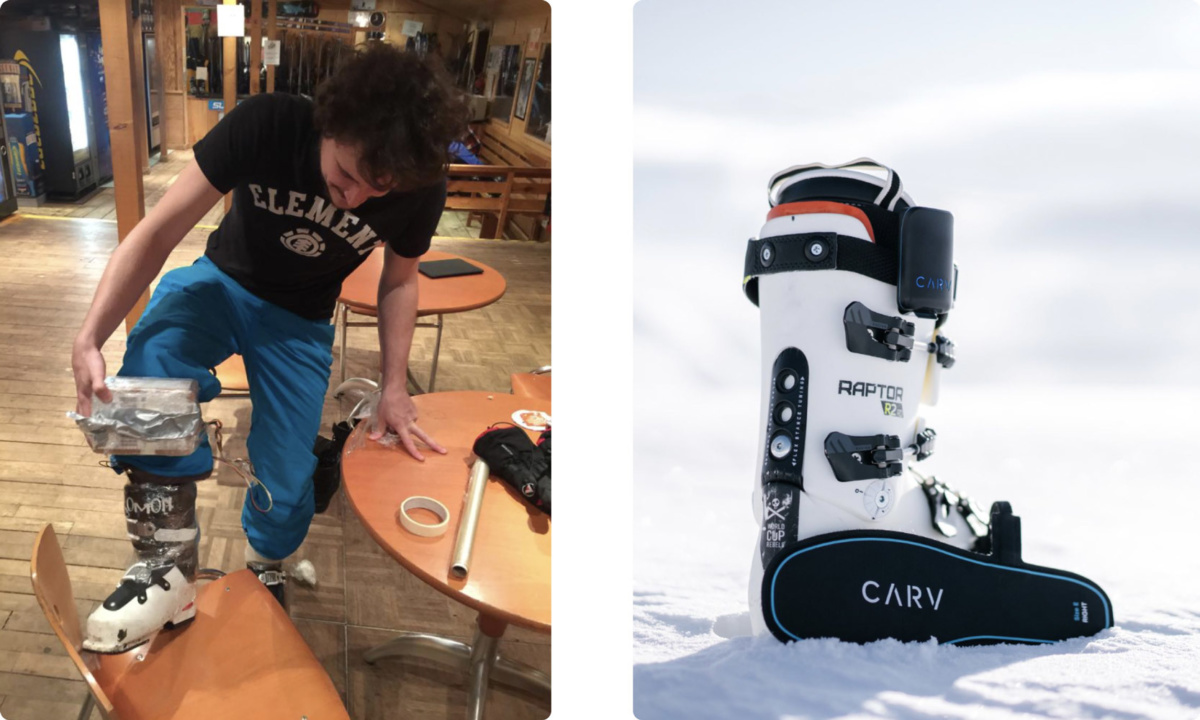
How it started vs how it's going 👀
Along the way, here are a few of the biggest challenges we faced:
Boots are notoriously tight. How thin could we make the insert?
How could we route a cable to the insert with no impact on comfort?
Where do we place the insert in the boot to minimise discomfort?
Let’s take a look at how we answered some of these questions as we developed the Carv device.
Measuring pressure without adding pressure
One of the most critical development principles of the Carv device was that we needed to extract the most accurate pressure data possible without compromising the fit of your already tight boots.
To get an accurate pressure map of both your feet, suitable for analyzing metrics like Outside Ski Pressure and Balance: Start of Turn, we needed to develop inserts that sat under the entire length of both your feet.
We started with 48 pressure sensors under each foot to ensure total coverage. But when we aggregated the pressure data from thousands of our skiers, it became clear that many sensors that sit under the midfoot weren’t being utilised (see graph below).
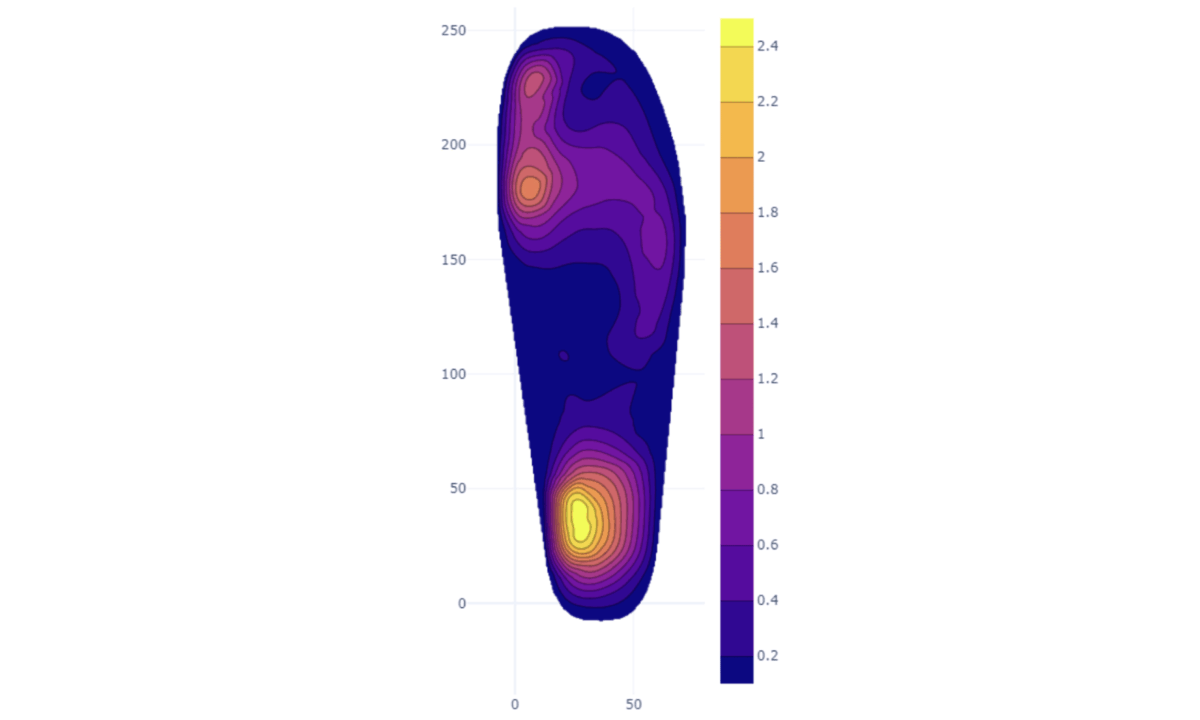
Average pressure heatmap aggregated from thousands of different users of a Carv insert under the liner in your ski boot.
If you consider the natural arch of your foot, even with orthotics a large proportion of your midfoot has very little contact with the sensor throughout the turn.
So we updated our design by removing pressure sensors where they weren’t being utilised, updating our design to feature 36 pressure sensors in each insert, in the formation shown in the graphic below. This data is processed into 13 performance metrics, 20 times a second, giving Carv a real-time data feed of your skiing technique.

The Carv insert was initially configured with 48 pressure sensors (left). In our updated design (right), we removed the sensors which weren't being used.
How thin could we go?
A big part of the challenge was making Carv as thin as possible. We use ‘capacitive’ pressure sensors, which measure the change in distance between a copper pad and a grounded plane separated by a closed-cell silicone foam. When we were developing Carv, we had to design the pressure sensors to make them as thin as possible, but with enough space for this foam compression to be accurately measured. Following a few iterations, we implemented a design with 2mm thin pressure sensors into a device only 3mm thick.
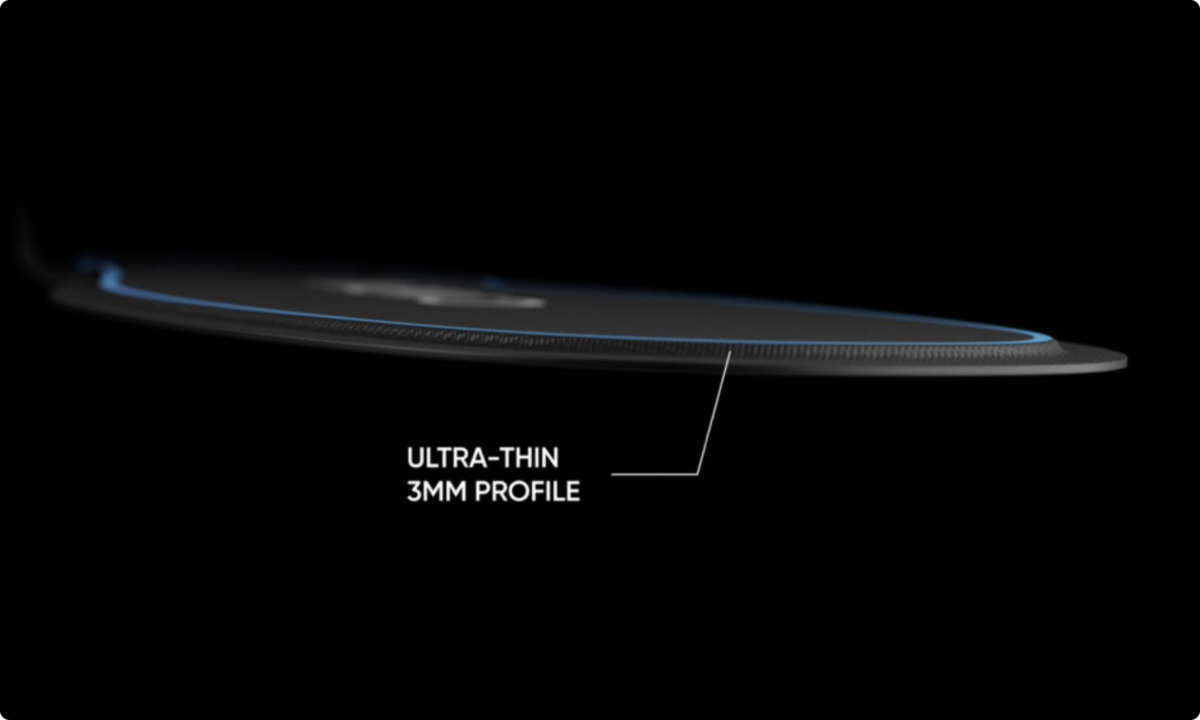
Where does the cable go?
Firstly, it’s worth mentioning why we have a cable. The cable links the pressure-and-motion-sensing insert to the Carv Battery Pack on the outside of your boot, which contains the battery and Bluetooth transceiver. Integrating the battery under the foot would significantly increase the thickness of the sensing insert, not least because we’d have to protect it from significant forces from your body weight, whilst having a battery large enough to give sufficient battery life. Our current battery is 7mm thick and gives 3-5 day battery life - you certainly wouldn’t want that under your foot! We also place the Bluetooth transceiver alongside the battery as Bluetooth works notoriously poorly when the signal has to travel through a water-filled body part like your foot.
So we needed a cable to link the pressure sensing insert under your foot with the battery pack on the outside of your boot. Reducing discomfort from this cable was one of our biggest areas of concern.

A cable links the pressure-sensing insert under your foot with the battery pack on the outside of your boot.
So we worked with top boot fitters and biomechanics specialists to evaluate places where the cable could come out of the insert so that it didn’t cause discomfort for skiers. We labelled these red zones in the image below, as areas where routing a cable would cause discomfort, and identified 3 potential cable routing pathways.

After rounds of user testing, Option 1 proved a clear winner, causing no discomfort for members of the trial. It’s worth noting that because the insert sits outside of your boot liner (I’ll come onto why this is important!), you won’t feel the cable against your foot.
Underneath, not in the liner
We noticed that when the insert was installed underneath the liner on top of the boot board in the shell of your boot, the cable does not touch your skin, and the soft cushioning of the liner between your foot and the Carv insert helped to eradicate almost all discomfort and boot fit issues.
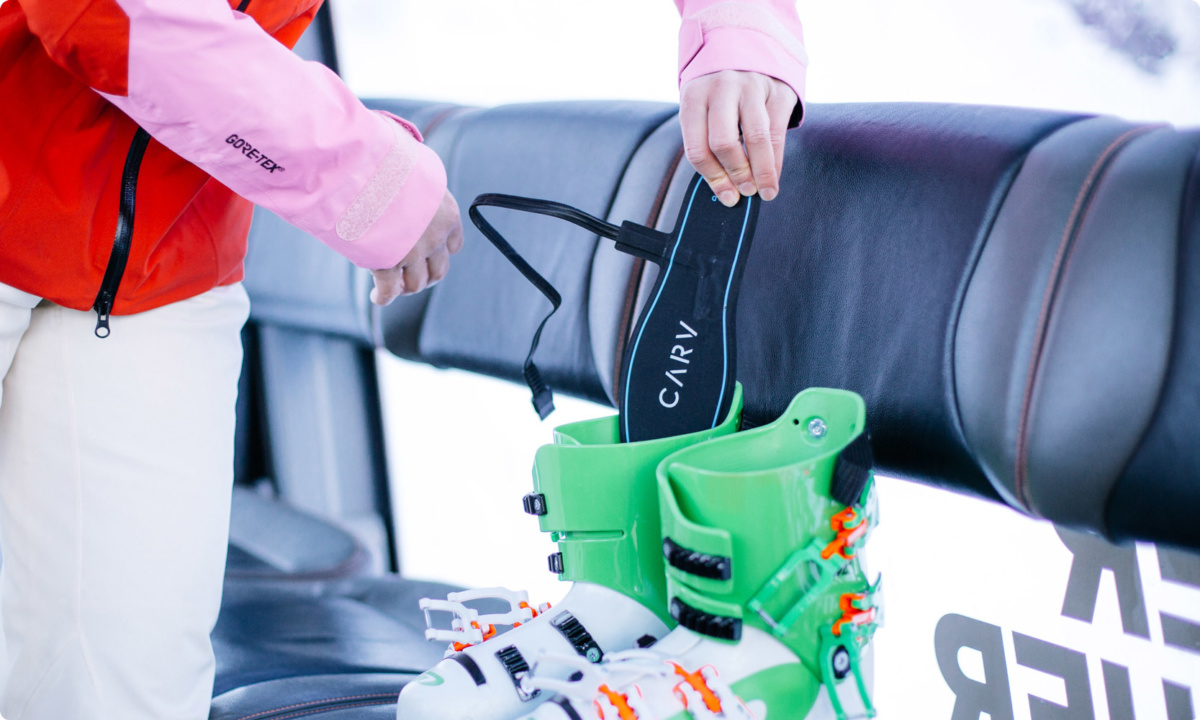
Supporting custom boots and inserts
One of our highest priorities when designing Carv was to ensure the installation was as quick and seamless as possible, and something that you only need to do once. Because the insert fits underneath your boot liner, you only need to install it once in your boots.
By placing Carv underneath the liner, we have ensured that Carv is compatible with as many custom solutions as possible:
Works with off-the-shelf boots
Works with custom moulded boots
Works with custom insoles (because Carv goes under the liner)
Works with custom heel lifts
Works with boot warmers (because Carv goes under the liner)
Works with plug boots (see our Plug Boot installation guide here)
Can you find your boot?
Carv is now in 35,000 boots (and counting), which means we have people happily skiing in almost every boot available. Have a look below.
If you don't see your boot here, you can always reach out to our team to ask about it.
Could boot fit still be an issue for some?
The simple answer is yes - but in very few cases. We’re proud to maintain an over 99% boot fit comfort rate in our customers’ boots, ranging from intermediate skiers to our top Ambassadors like Ted Ligety and Tom Gellie.

Fewer than 1% Carv members have an issue with boot fit
Racing boots
Carv does work with racing boots, however, those with extremely tight boots (therefore with very little boot volume available) may need to modify their boots or boot board to best fit Carv.
Ted Ligety (5x World Champion, 2x Olympic Gold Medallist) skis with Carv in his Head World Cup Rebels boots with no boot modifications
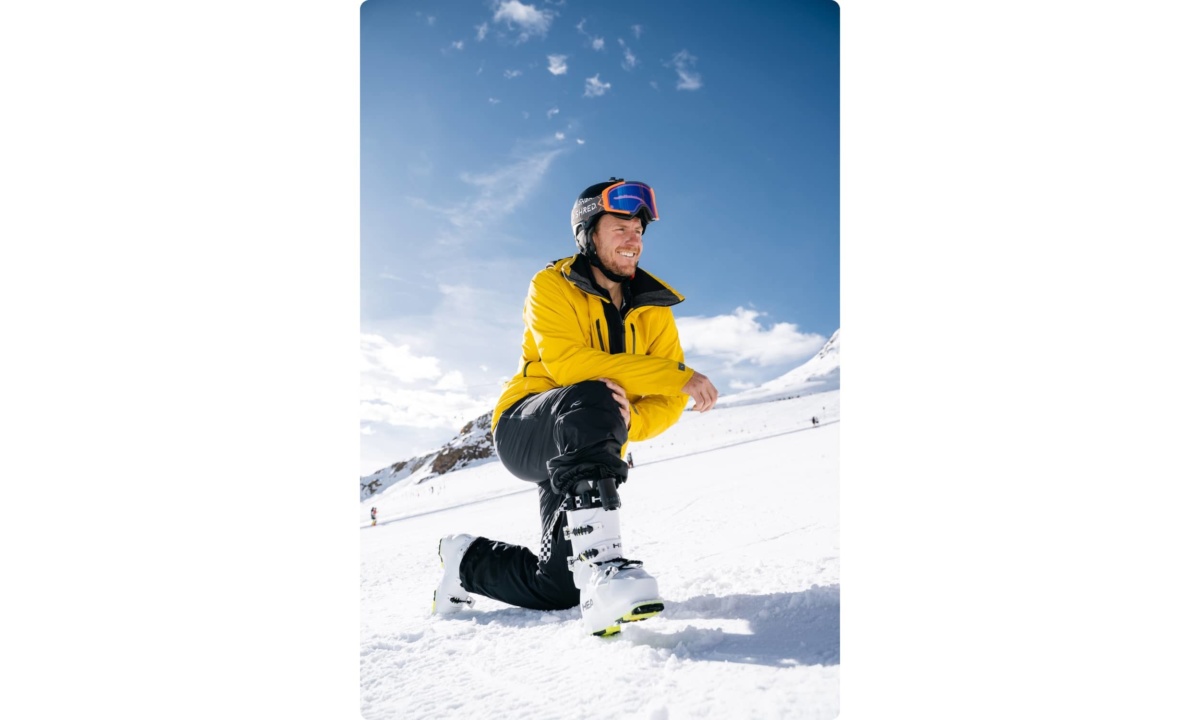
Ted Ligety (5x World Champion, 2x Olympic Gold Medallist)
Apex / Dahu boots
Carv is designed for fully enclosed ski boots, so we can’t guarantee compatibility with Apex and Dahu boots. However, we hear many accounts of customers successfully using Carv in these types of open chassis boots.
Want to find out what Carv can do for you skiing this winter?

